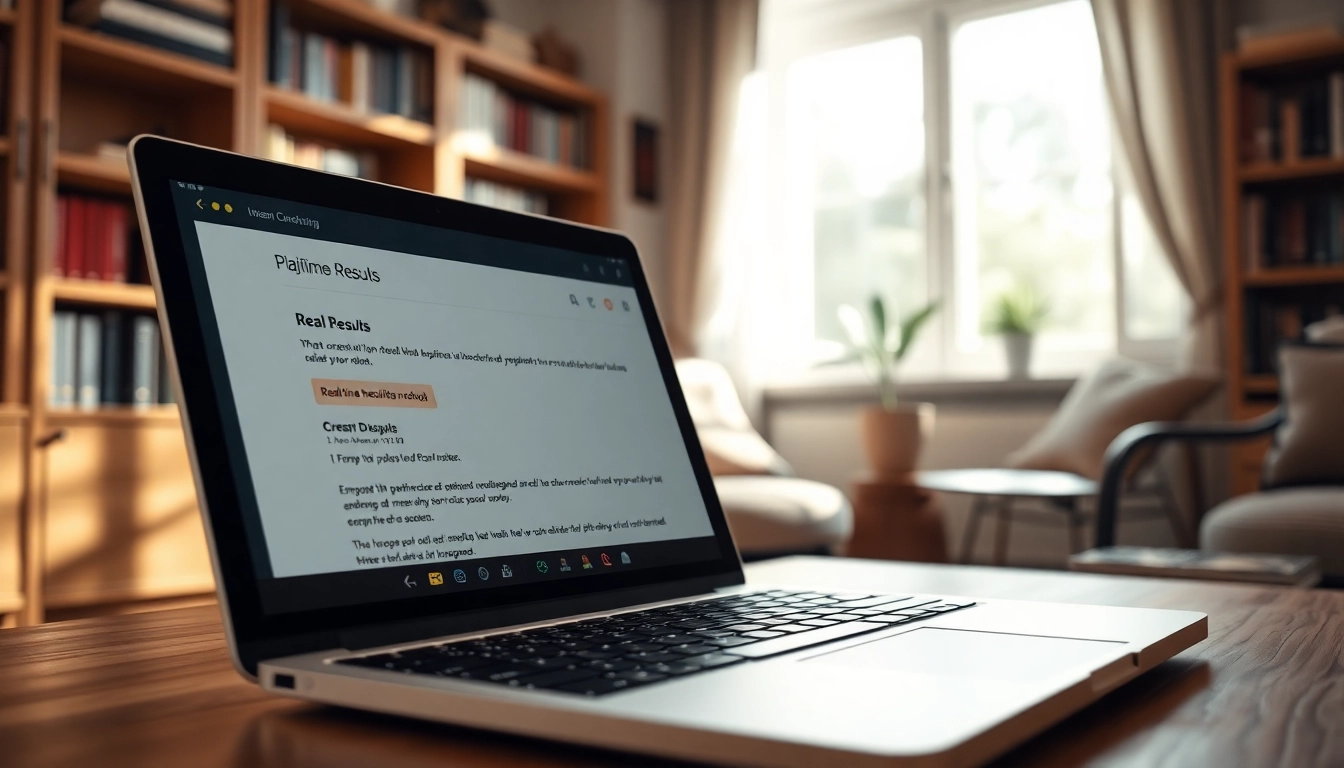Understanding the Importance of a Plagiarism Checker
In today’s digital age, originality is paramount, whether in academic, professional, or personal writing. The influx of information and the ease of access to online resources have made the issue of plagiarism more significant than ever. As a reflection of this growing concern, many writers and students are now relying on a plagiarism checker to maintain integrity in their work. This article delves into the nuances of plagiarism, the significance of plagiarism checkers, and how to effectively utilize these tools to ensure the originality of one’s work.
What is Plagiarism?
Plagiarism is the act of using someone else’s work, ideas, or expressions without proper acknowledgment, thus presenting them as your own. This can occur in various forms, including:
- Direct Plagiarism: Copying someone else’s work word-for-word without citation.
- Self-Plagiarism: Reusing one’s previously published work without citation.
- Patchwork Plagiarism: Combining copied materials from various sources into a new document without proper citation.
- Accidental Plagiarism: Failing to cite sources correctly due to ignorance or misunderstanding the citation rules.
Understanding these types of plagiarism is crucial for anyone engaged in writing, from students to seasoned professionals, as it can lead to severe academic and legal repercussions.
Why Use a Plagiarism Checker?
A plagiarism checker serves as a safety net for individuals who want to ensure the originality of their content. Not only does it help in identifying copied materials, but it also facilitates the following:
- Upholding Academic Integrity: For students, maintaining honesty in academics is essential, and using a plagiarism checker can prevent unintentional misconduct.
- Improving Writing Quality: Through detection and corrections, writers can learn proper citation techniques and better understand how to paraphrase effectively.
- Enhancing Originality: Original content is often rewarded more in academic and professional settings. A checker aids in confirming the uniqueness of work.
Common Misconceptions about Plagiarism Checkers
Despite their importance, several misconceptions surround plagiarism checkers:
- They Are Infallible: Many believe that plagiarism checkers provide 100% accurate results. However, they can miss nuances in paraphrased content or contextually distinct ideas that don’t need citation.
- Only for Students: While commonly used in academia, professionals in content creation, journalism, and marketing also benefit greatly from plagiarism detection tools.
- All Tools Are the Same: Different tools offer various features; some are more sophisticated, utilizing advanced algorithms capable of detecting subtle forms of plagiarism.
How to Choose the Right Plagiarism Checker
With numerous tools available in the market, selecting the right plagiarism checker can be daunting. Evaluating specific features and comparing options is critical for making an informed decision.
Features to Consider
When contemplating which plagiarism checker to use, consider the following features:
- Database Size: A comprehensive database will yield more accurate results, as the tool can compare your work against a larger body of existing content.
- Real-time Checking: Tools that analyze content while you write can enhance the writing process by quickly identifying potential issues.
- Reporting Capabilities: Detailed reports that specify the sources of plagiarism and suggest corrections are immensely beneficial.
- Compatibility: Ensure that the tool works with the formats you use, supporting various document types.
Free vs Paid Options
While there are several free plagiarism checkers available, they often come with limitations, such as reduced database access or lack of advanced features. Paid options generally offer more comprehensive solutions, including:
- Greater accuracy
- Support for various content types
- Detailed reports
Compare the cost against the features you need to determine if a paid option is worthwhile for your writing tasks.
User Reviews and Reputation
Before committing to a plagiarism checker, examining user reviews and the tool’s reputation can save you from potential pitfalls. Look for:
- User experiences regarding accuracy and ease of use
- Customer service ratings
- Feedback on software updates and improvements
How to Effectively Use a Plagiarism Checker
Once you’ve chosen a plagiarism checker, knowing how to use it correctly is vital for obtaining reliable results.
Step-by-Step Guide to Checking Documents
The process typically follows these steps:
- Prepare Your Document: Edit your document to ensure it’s final and formatted properly.
- Upload or Paste Your Text: Depending on the tool, either upload a document in supported formats or paste the text into the provided space.
- Initiate the Check: Start the plagiarism detection process and wait for the results.
- Review the Report: Examine the findings carefully to understand which sections are flagged as potential plagiarism.
Interpreting the Results
After receiving the report, the next step is interpretation. Look for:
- The percentage of originality.
- Highlighted sections which indicate potential overlap with other sources.
- Suggested citations and corrections.
Understanding these elements aids in making the necessary revisions to enhance the originality of your work.
Common Errors to Watch For
While using a plagiarism checker, be aware of common errors that can skew results:
- Using overly quoted material without sufficient originality.
- Incorrectly formatted citations.
- Insufficient paraphrasing leading to unintentional plagiarism.
Best Practices for Avoiding Plagiarism
Employing a plagiarism checker is just one part of the equation. Developing habits that foster originality is vital for anyone engaged in writing.
Properly Citing Sources
Understanding how to cite sources effectively is crucial. Depending on the format (e.g., APA, MLA, Chicago), the citation style may vary. Key points include:
- Always attribute original authors for their ideas.
- Utilize citation tools to simplify the referencing process.
- Be consistent in your citation style throughout your work.
Paraphrasing Techniques
Paraphrasing allows you to incorporate ideas from other texts while maintaining originality:
- Read and understand the original content thoroughly before rewording.
- Alter the sentence structure along with the vocabulary.
- Acknowledge the original source even when paraphrasing.
Academic Integrity Policies
Familiarize yourself with your institution’s academic integrity policies. Knowing these guidelines can help avoid pitfalls and understand the consequences of plagiarism.
Evaluating the Effectiveness of Your Plagiarism Checker
Once you’ve chosen and used a plagiarism checker, it’s essential to assess its effectiveness regularly.
Performance Metrics to Monitor
To evaluate your plagiarism checker, keep an eye on the following metrics:
- Accuracy Rate: How often does the tool correctly identify copied content?
- Response Time: How quickly does it deliver results?
- User Satisfaction: Are users finding the results useful for their needs?
Feedback from Users
Gathering feedback from users can provide insights into the tool’s effectiveness. Look for reviews or conduct surveys to understand how others are utilizing the tool and their experiences.
Regular Updates and Improvements
Plagiarism detection technology is continuously evolving. Ensure your tool receives regular updates for improved algorithms and expanded databases.



